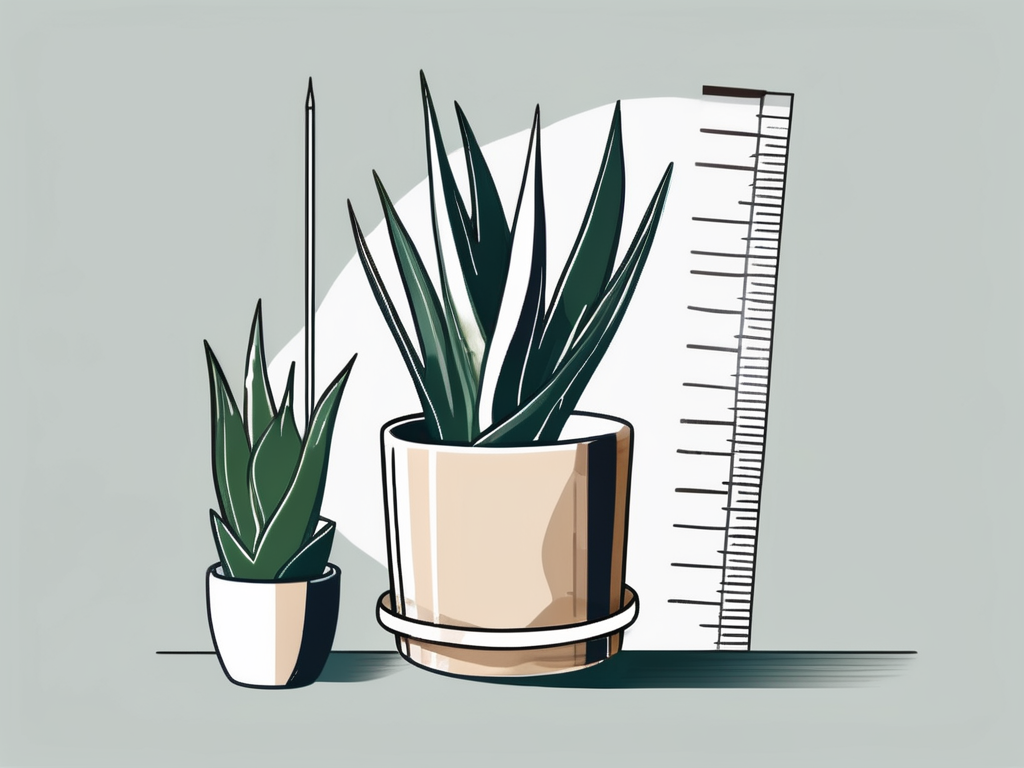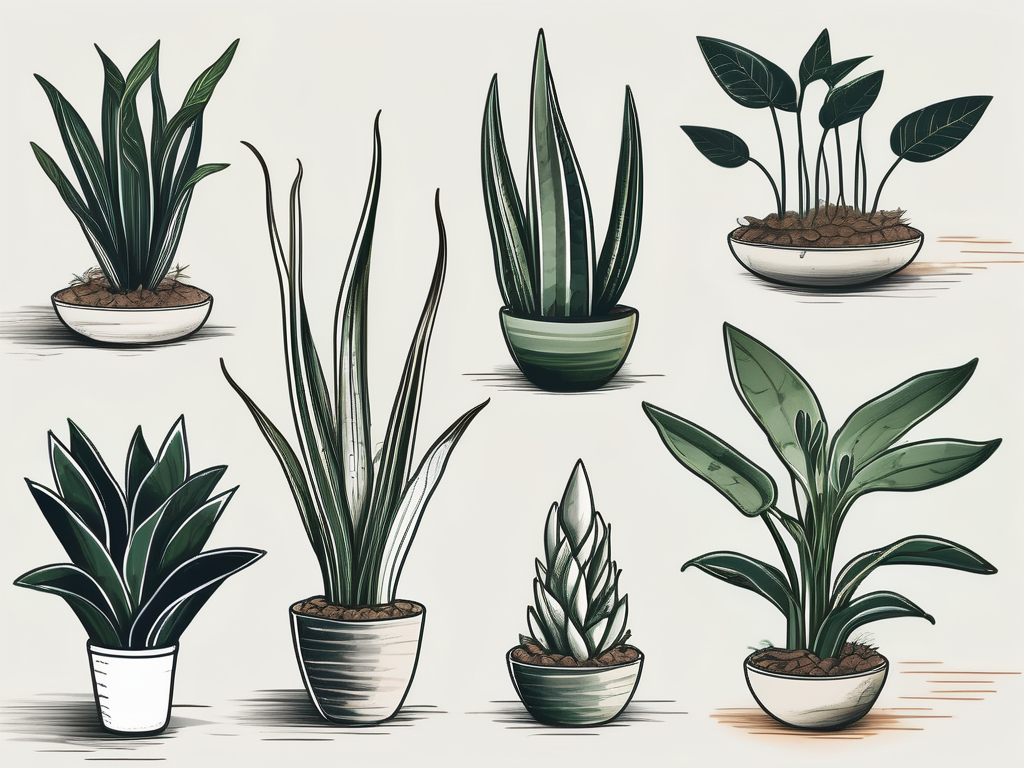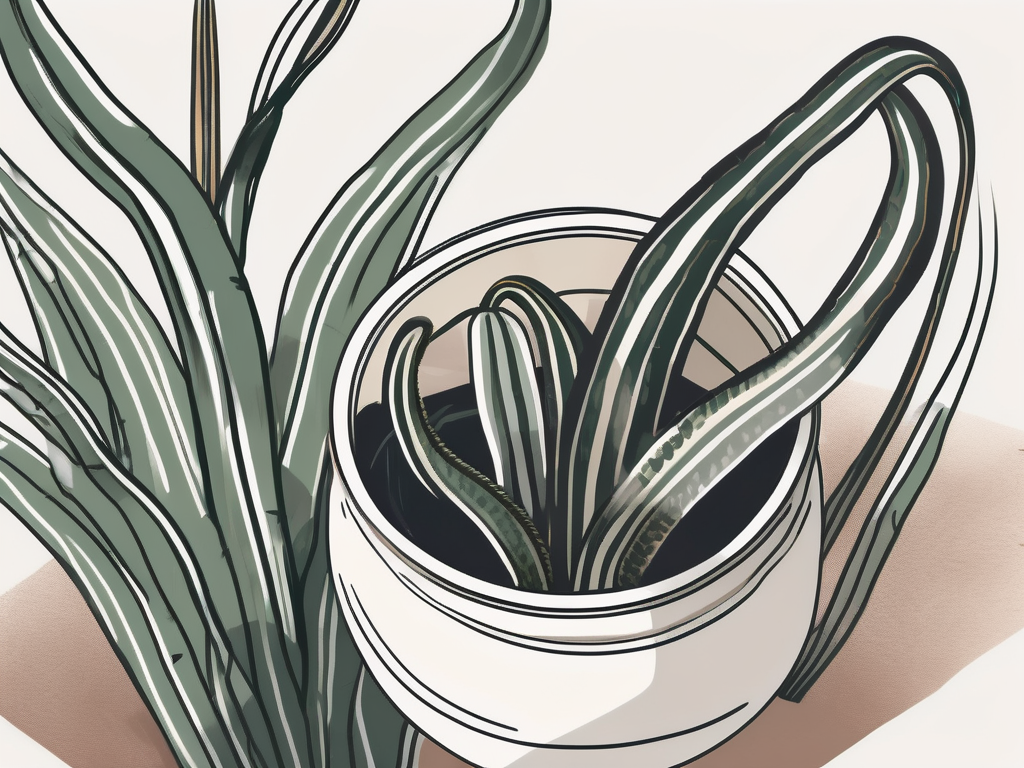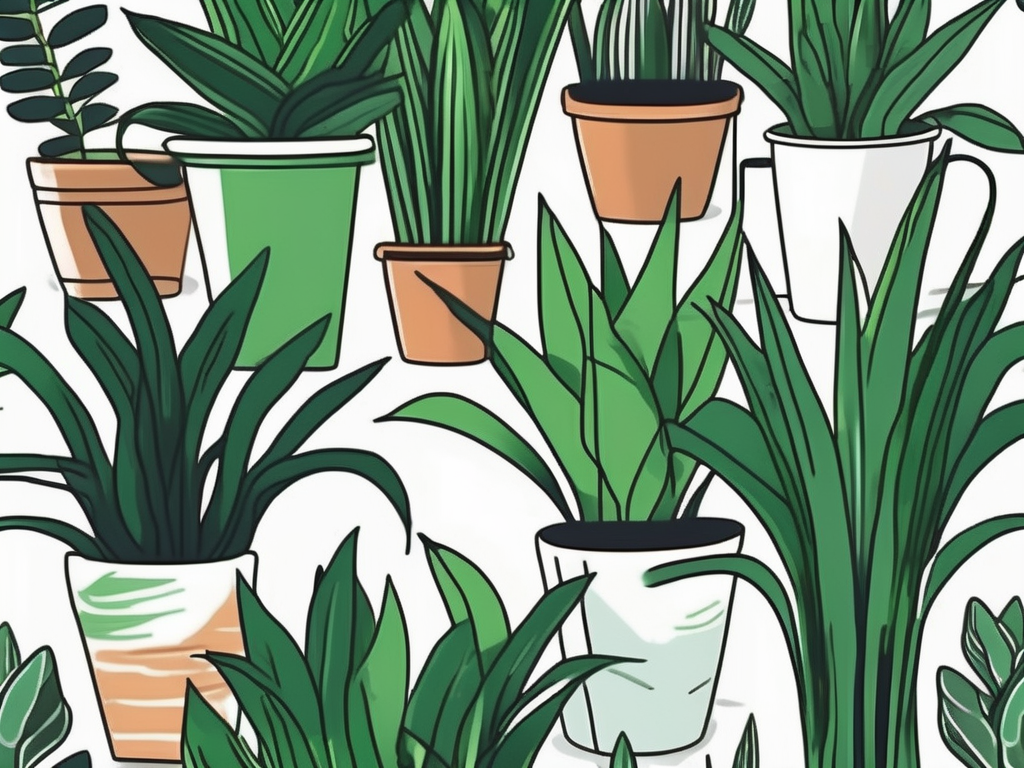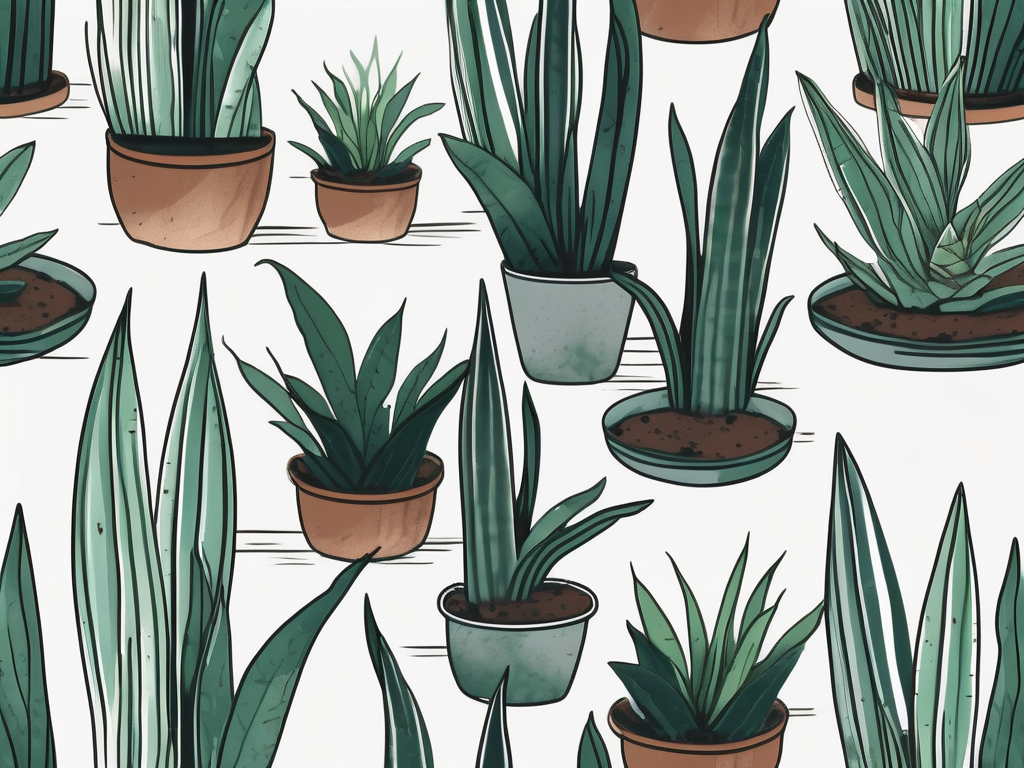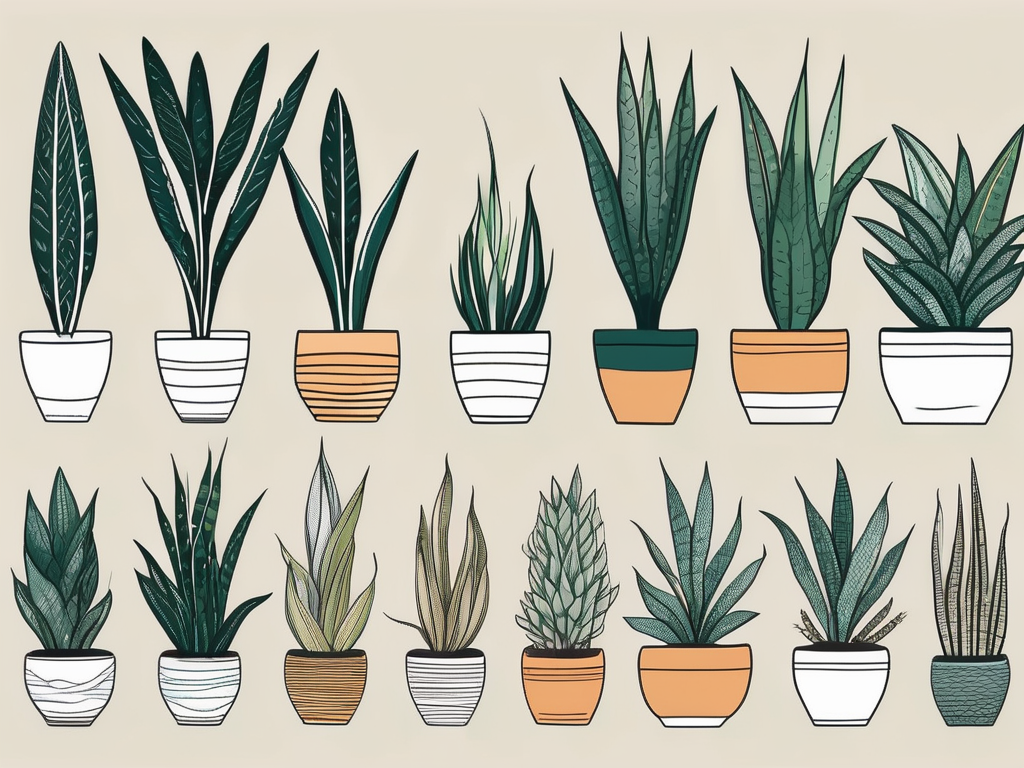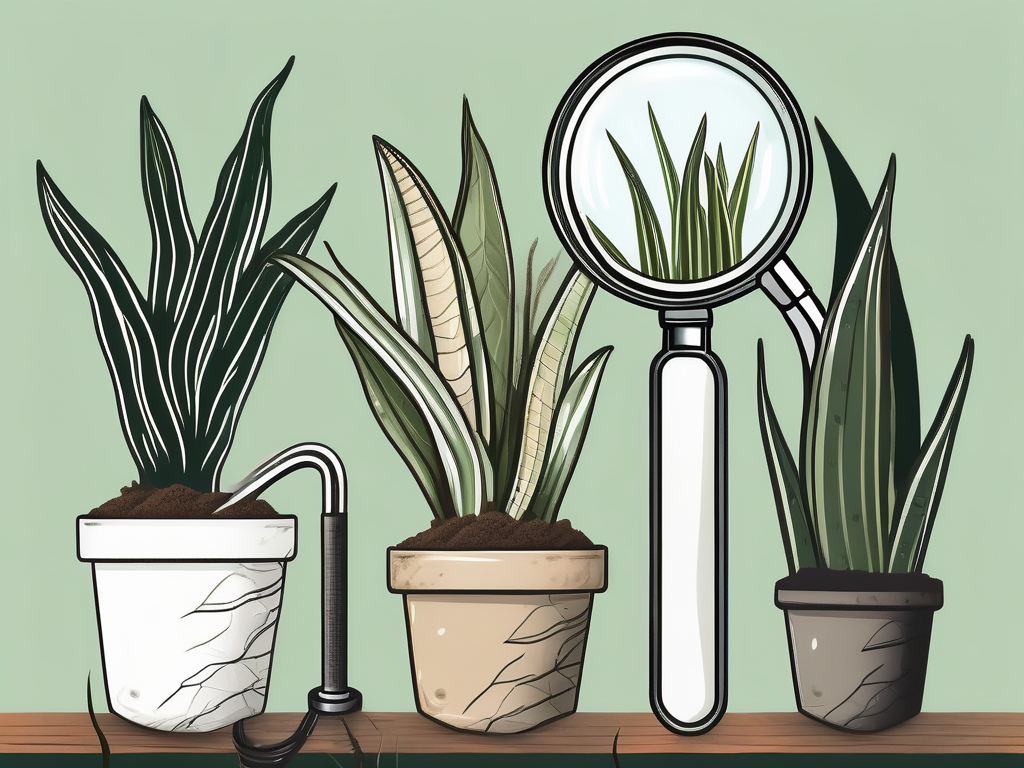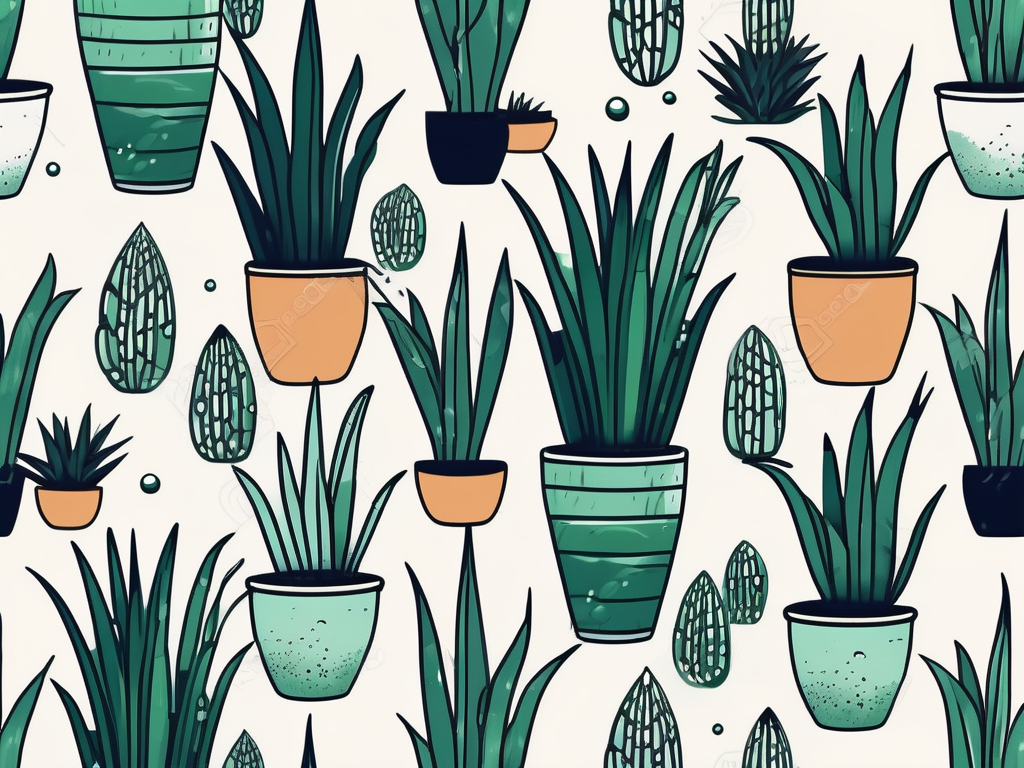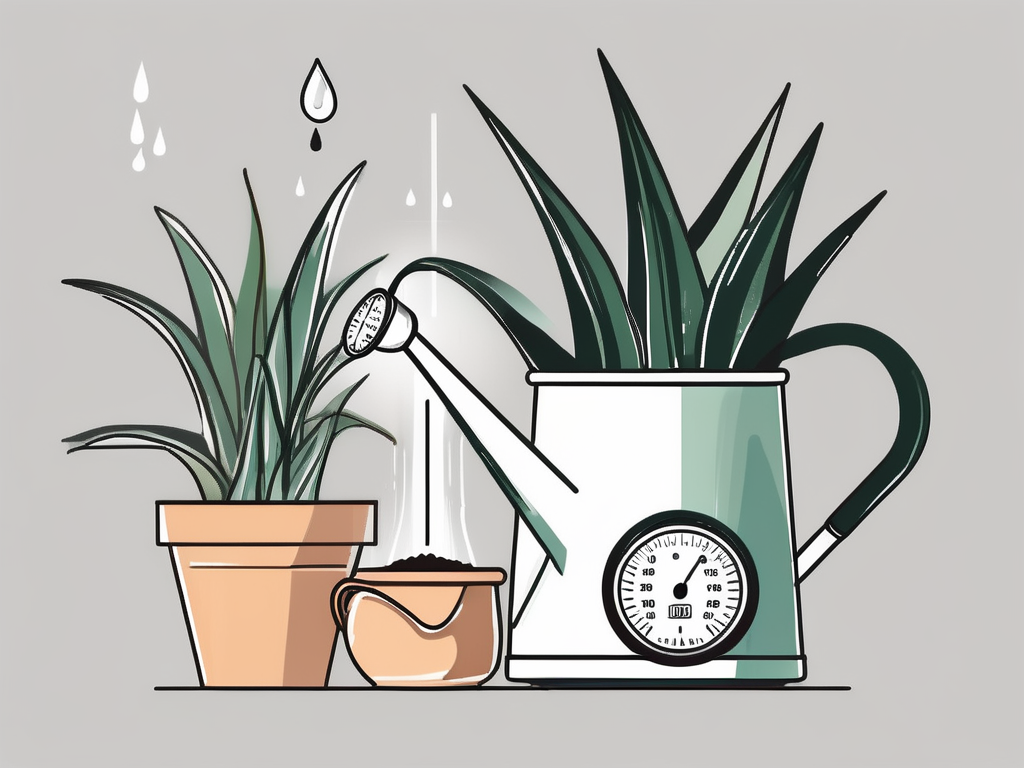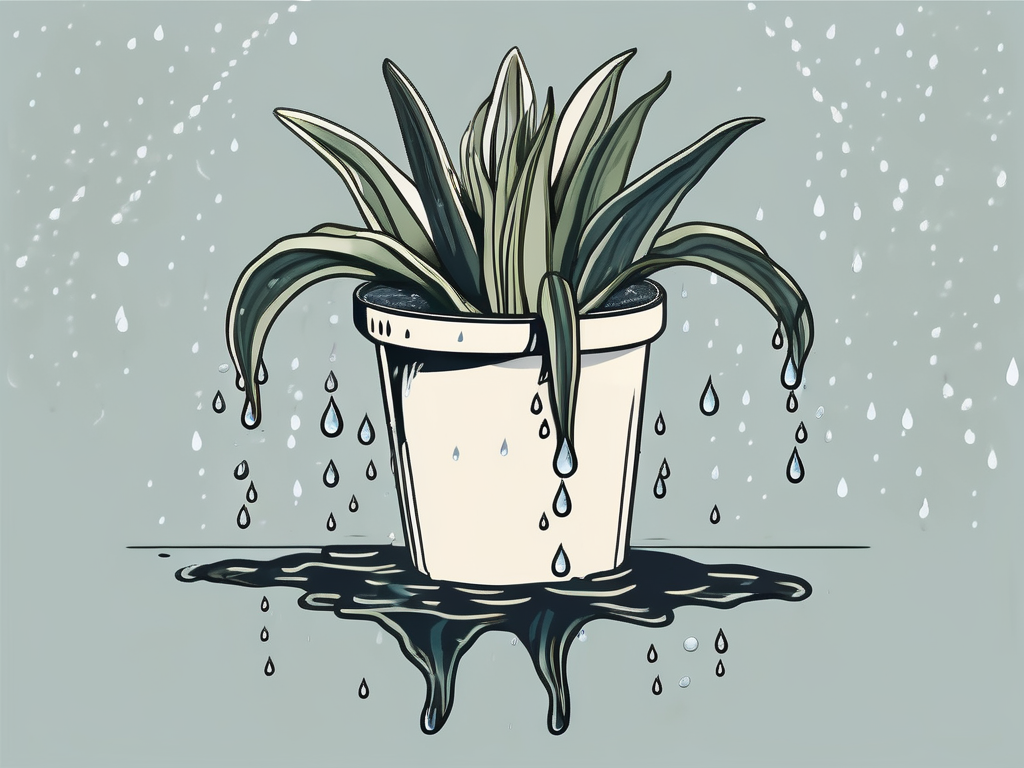
Snake plants, with their striking vertical leaves and robust nature, have become a beloved choice for many plant lovers. They’re known for their low-maintenance needs and the ability to thrive in various conditions. But there's a lurking danger that can catch even the most seasoned plant parent off guard: overwatering. Yes, the very act of nurturing your plant can sometimes be its downfall.
In this article, we’ll navigate through the perils of overwatering snake plants and arm you with the knowledge to keep your leafy friend in tip-top shape. From spotting the early signs of distress to understanding the right watering techniques, we’ve got you covered. Let’s dive right in!
Understanding Snake Plant Needs
Before we get into the nitty-gritty of overwatering, it's important to understand what snake plants actually need. These plants, also known as Sansevieria or mother-in-law's tongue, hail from regions of Africa where the climate is dry and the soil is sandy. Naturally, this means they’ve adapted to withstand drought.
Snake plants store water in their thick, fleshy leaves, which is why they can survive without frequent watering. But this doesn’t mean they don’t need any water at all. It’s a delicate balance. The key is to mimic their natural environment as closely as possible.
- Light: They prefer bright, indirect light but can tolerate low light.
- Temperature: They thrive in temperatures ranging from 60°F to 80°F.
- Soil: A well-draining potting mix is essential.
Knowing these basic needs sets the stage for understanding why overwatering can be so harmful.
What Happens When You Overwater?
So, what exactly happens when you overwater a snake plant? Well, imagine you’re wearing a pair of wet socks all day. Uncomfortable, right? Now think about how your feet might start to develop problems if they’re constantly damp. This is similar to what happens to your snake plant’s roots when they’re sitting in waterlogged soil.
Overwatering can lead to root rot, a condition where the roots begin to decay. This decay is often caused by fungal infections that thrive in overly moist environments. The plant's roots can’t absorb nutrients effectively, leading to a gradual decline in health.
Interestingly enough, the symptoms of overwatering can sometimes mimic those of underwatering. Yellowing leaves and wilting are common in both cases, which can make it tricky to diagnose the problem. However, there are some tell-tale signs that can guide you.
- Soft, mushy leaves: Overwatering typically causes the leaves to become soft and mushy rather than dry and crispy.
- Foul odor: A bad smell emanating from the soil is often a sign of root rot.
- Brown, soggy roots: When you remove the plant from its pot, the roots should be firm and white, not brown and mushy.
Signs of Overwatering in Snake Plants
Catching the signs of overwatering early can make all the difference. As mentioned earlier, yellowing leaves and wilting might be your first hints. But let's go a bit deeper into these signals to help you become a snake plant whisperer.
First, take a close look at the leaves. They should be firm and upright. If they’re drooping or looking limp, it’s time to investigate further. A common mistake is to assume that a drooping plant needs more water, which only worsens the situation.
Next, check the soil. Stick your finger about an inch into the dirt. If it feels wet, hold off on watering. It’s a simple trick, but it’s surprisingly effective. Additionally, using a soil moisture meter can give you a more accurate reading, especially if you’re dealing with a larger pot.
It’s also worth noting that overwatering doesn’t just affect the plant above the soil. The roots are where the major damage happens, so if you suspect an issue, gently remove the plant from its pot and inspect the roots.
- Firmness: Healthy roots are firm to the touch.
- Color: They should be a nice pale color.
- Smell: No off-putting odors should be present.
Understanding these signs can save you a lot of heartache and help you diagnose the issue before it’s too late.
Preventing Overwatering: The Right Watering Routine
Now that we’ve covered the signs and consequences of overwatering, let’s talk prevention. A consistent watering routine is your best defense against this common mistake. The good news is that snake plants are pretty forgiving and won’t throw a tantrum if you’re a few days late with their next drink.
To establish a good routine, consider the following tips:
- Set a schedule: Water snake plants every two to six weeks, depending on the season and the plant's environment.
- Use the right amount: Water until you see it drain out of the bottom of the pot, then stop. Make sure the pot has proper drainage holes.
- Adjust for climate: In drier climates or during the heating season, your plant might need water more frequently.
Another helpful tactic is to group your plants based on their watering needs. This way, you’re less likely to accidentally overwater a plant that doesn’t need it. And remember, it’s better to underwater than overwater with snake plants. They can bounce back from a dry spell, but it’s much harder to recover from root rot.
Choosing the Right Soil and Pot
We’ve talked about watering, but equally important is the soil and pot you choose for your snake plant. These two components play a significant role in preventing overwatering.
Picking the Perfect Soil
Snake plants thrive in well-draining soil. A cactus or succulent mix works well because it promotes quick drainage and prevents water from sitting around the roots. If you want to create your own mix, consider combining regular potting soil with sand or perlite to boost drainage.
The Right Pot Matters
When it comes to pots, drainage holes are non-negotiable. Without them, excess water has nowhere to go, leading to waterlogged soil. Additionally, consider using a porous material like terracotta. It allows excess moisture to evaporate through the pot walls, reducing the risk of overwatering. Plus, terracotta pots add a lovely rustic touch to your home decor.
It’s a good idea to check the size of the pot too. Snake plants don’t mind being a bit root-bound, so avoid upsizing unless necessary. A pot that’s too large holds more soil, which in turn retains more water. Keeping these tips in mind can help you create an environment where your snake plant can thrive without the worry of overwatering.
Rescuing an Overwatered Snake Plant
So, what if the unthinkable happens and your snake plant shows signs of overwatering? Don’t panic! There are steps you can take to nurse it back to health.
First, stop watering immediately and let the soil dry out. If you suspect root rot, you’ll need to take more drastic measures. Carefully remove the plant from its pot and assess the roots. Trim away any that are brown and mushy with a clean, sharp pair of scissors or pruning shears.
Next, allow the plant to air-dry for a few hours. This helps any remaining healthy roots recover. Once dry, repot the snake plant into fresh, well-draining soil and a pot with adequate drainage.
- Use a fungicide: If root rot was present, consider applying a fungicide to prevent future issues.
- Water sparingly: After repotting, water minimally and only when the soil is dry.
- Monitor closely: Keep an eye on the plant for any signs of stress and adjust care as needed.
Recovery might take some time, but with patience and proper care, your snake plant can bounce back.
Creating a Balanced Environment
Beyond watering and soil, creating a balanced environment plays a key role in the health of your snake plant. These plants are quite adaptable, but ensuring they have the right conditions to thrive can prevent many problems, including overwatering.
Start with light. Snake plants love bright, indirect light, but they’re also capable of tolerating lower light conditions. However, be mindful that in lower light, the soil will dry out more slowly, which means you’ll need to adjust your watering schedule accordingly.
Temperature and humidity can also affect your plant’s health. Snake plants prefer warmer temperatures and dry air. If you live in a particularly humid area, you might need to adjust by watering less frequently. Conversely, if your home is dry, especially during winter when heating systems are in use, you may need to water a bit more often.
- Light: Place near windows with filtered light or use artificial grow lights if necessary.
- Temperature: Keep in a room that stays between 60°F and 80°F.
- Humidity: Aim for average indoor humidity levels, around 40-50%.
Finding this balance can help keep your snake plant healthy and reduce the risk of overwatering.
Integrating Snake Plants Into Your Home Decor
Let’s not forget that snake plants are also a beautiful addition to home decor! Their architectural leaves and low-maintenance nature make them perfect for just about any room. Plus, they’re known for their air-purifying qualities, making your living space not just prettier, but healthier too.
Consider placing them in corners that need a little greenery or using them as statement pieces on shelves or side tables. Their upright growth habit means they won’t take up too much space, making them ideal for smaller apartments or homes.
For a modern look, choose a sleek, neutral pot that complements the rest of your decor. Or, for a more bohemian feel, go for something colorful and textured. The versatility of snake plants allows them to fit into any aesthetic.
- In the living room: Use them to fill empty corners or as part of a plant cluster.
- In the bedroom: Their air-purifying abilities make them a great choice for improving air quality while you sleep.
- In the office: A snake plant on your desk can add a touch of nature to your workspace.
Incorporating snake plants into your home can enhance your environment and provide a sense of tranquility.
Common Misconceptions About Snake Plants
Just like any popular plant, snake plants come with their share of myths. Let’s debunk a few so you can care for your plant with confidence.
One common misconception is that snake plants don’t need any water at all. While they are drought-tolerant, they do require water to thrive. It’s all about finding that sweet spot between too much and too little.
Another myth is that snake plants can survive in complete darkness. While they’re tolerant of low light, they still need some light to photosynthesize and grow. If you notice your plant isn’t doing well, consider moving it to a brighter spot.
Finally, some people believe that snake plants are indestructible. While they are hardy, they’re not invincible. Overwatering, pests, and extreme temperatures can all affect their health.
- Myth: Snake plants need no water.
- Fact: They require water, just less frequently than other plants.
- Myth: They thrive in darkness.
- Fact: They need some light to grow and remain healthy.
- Myth: They’re indestructible.
- Fact: They’re resilient, but not immune to poor conditions.
Understanding these misconceptions can help you provide better care for your snake plant.
Final Thoughts
Overwatering can indeed be a slippery slope when it comes to snake plants, but with the right knowledge and care, it’s a pitfall you can easily avoid. By paying attention to their specific needs, monitoring their environment, and being mindful of your watering habits, your snake plant will thrive and be a stunning addition to your home.
At Cafe Planta, we’re passionate about helping you care for your plants. Whether you’re looking for your next green companion or need advice on keeping your plants happy, we’re here for you. Feel free to reach out via email or connect with us on Instagram. Let’s nurture our love for plants together!
















